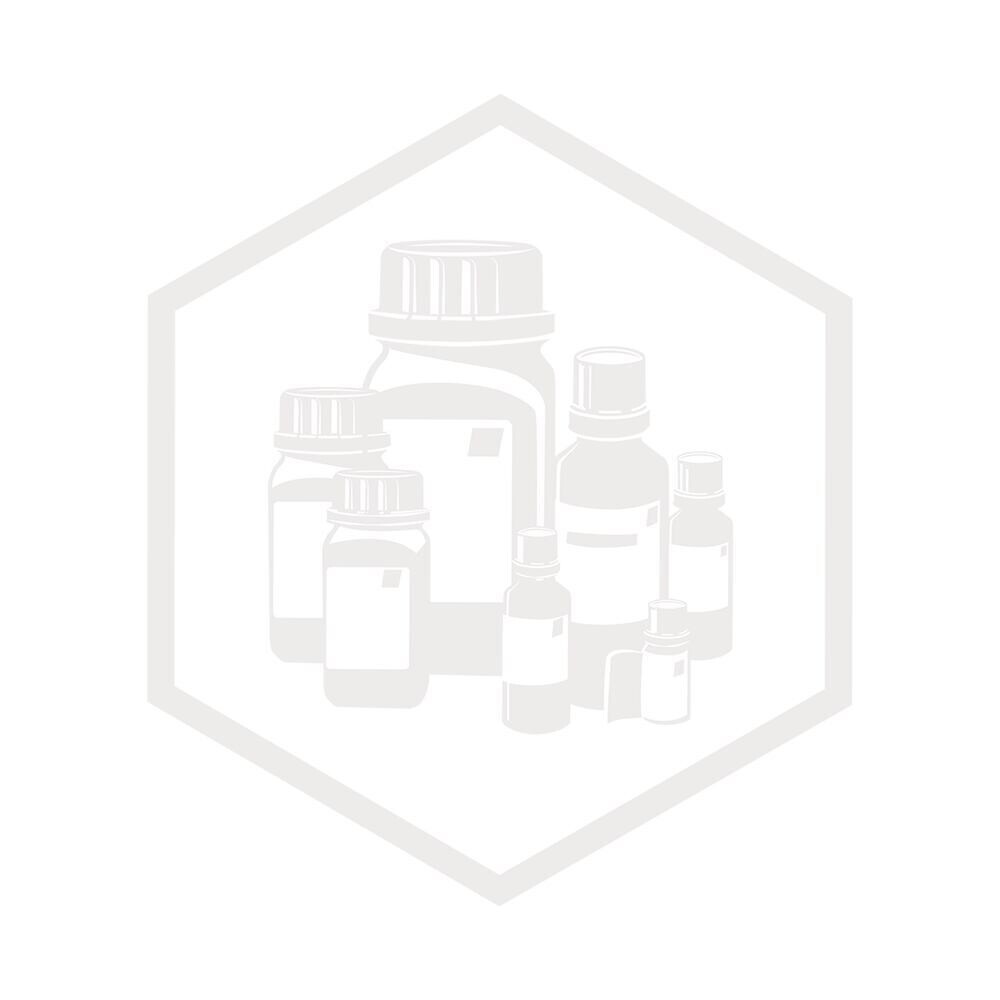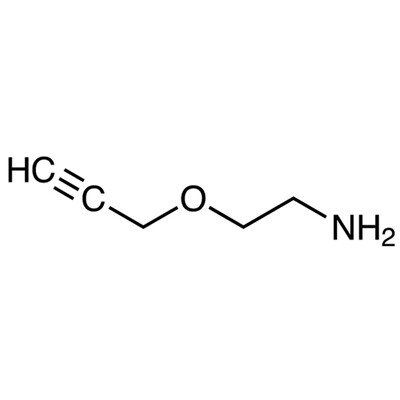Sodium niobate powder 99.9% 25 g
SKU 007066
€ 429,17
In stock
1
Save this product for later
Sodium niobate powder 99.9% 25 g
Product Details
CAS number: 12034-09-2
Chemical formulas: NaNbO3/ F.W. 163.89/ powder
Cation: Na
Packaging: 25 g
EAN: 8721028251909
Brand: Laboratoriumdiscounter
Sodium niobate powder is a highly sought-after material in the field of advanced ceramics and electronics. With its exceptional piezoelectric properties and high dielectric constant, this powder is widely used in the production of capacitors, sensors, and transducers. Its unique composition and fine particle size make it an ideal choice for applications requiring high-performance materials. Explore the endless possibilities of sodium niobate powder for your next technological innovation.
When working with Sodium niobate powder, it is important to follow these safety instructions: 1. Personal Protective Equipment (PPE): Always wear appropriate PPE, including safety goggles, gloves, and a lab coat or protective clothing. This will help protect your eyes, skin, and clothing from potential hazards. 2. Ventilation: Work in a well-ventilated area or use a fume hood to prevent inhalation of dust or fumes. Sodium niobate powder may release harmful particles when handled, so ensure proper ventilation to minimize exposure. 3. Handling: Avoid direct contact with the powder. Use tools such as scoops or spatulas to handle the powder and prevent skin contact. Do not eat, drink, or smoke while working with the powder. 4. Storage: Store Sodium niobate powder in a tightly sealed container in a cool, dry place away from incompatible substances. Keep it out of reach of children and unauthorized personnel. 5. Spills and Cleanup: In case of spills, carefully clean up the powder using appropriate methods, such as using a vacuum cleaner equipped with a HEPA filter or dampening the powder with water before wiping it up. Dispose of the waste according to local regulations. 6. Fire and Explosion Hazards: Sodium niobate powder is not flammable or explosive under normal conditions. However, it may release irritating or toxic fumes when heated to high temperatures. Avoid exposure to open flames or extreme heat. 7. First Aid: In case of accidental ingestion, seek medical attention immediately. If the powder comes into contact with the eyes or skin, rinse thoroughly with water for at least 15 minutes and seek medical assistance if irritation persists. 8. Emergency Procedures: Familiarize yourself with the emergency procedures and safety equipment available in your workplace. Know the location of fire extinguishers, eyewash stations, and emergency showers. Remember, these safety instructions are general guidelines, and it is essential to consult the specific safety data sheet (SDS) provided by the manufacturer for detailed information on handling Sodium niobate powder.
Please note, not all safety data for this product is available on our website, for a complete list of P en H sentences and other safety instructions please request the MSDS at our customer service
You May Also Like

Methyl 3-Amino-4-methylbenzoate, 97.0%, 1g
Methyl 3-Amino-4-methylbenzoate, 97.0%, 1g
SKU F066828-1G
€ 15,40

3-(Trifluoromethyl)phenylacetylene, 98.0%, 100g
3-(Trifluoromethyl)phenylacetylene, 98.0%, 100g
SKU F046091-100G
€ 709,50
Powered by Lightspeed
Display prices in:EUR



![(1H-Pyrrolo[2,3-b]pyridin-6-yl)methanamine, 95.0%, 100mg (1H-Pyrrolo[2,3-b]pyridin-6-yl)methanamine, 95.0%, 100mg](https://d2j6dbq0eux0bg.cloudfront.net/images/88473019/4762859645.png)







